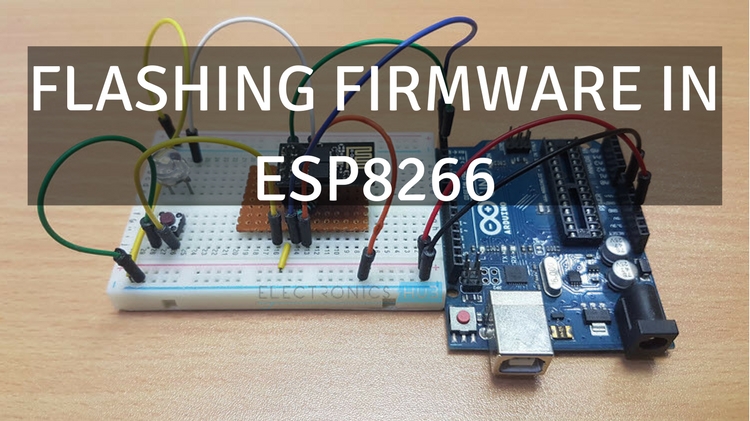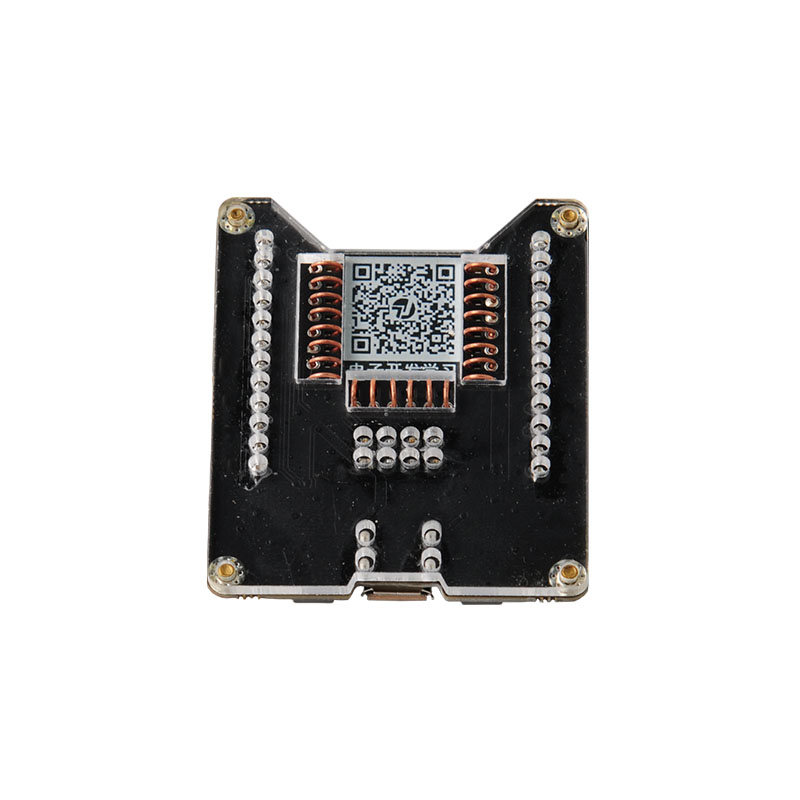
- #CHECKING ESP8266 FIRMWARE SERIAL#
- #CHECKING ESP8266 FIRMWARE ANDROID#
- #CHECKING ESP8266 FIRMWARE TRIAL#
#CHECKING ESP8266 FIRMWARE SERIAL#
The ESP8266 module has a preprogrammed firmware which support the serial interface communication by controlling using AT commands. This entry was posted in Arduino, ESP8266 and tagged arduino, ESP8266 by Martyn. Remember it expects to have newlines and carriage returns (NL&CR) on the end of the commands. Not all modules have the same baud rate as default. If you cannot talk to it (over serial), try different baud rates. However, if it is not broadcasting you may need to change the mode to AP (AT+CWMODE=2). Try to get it broadcasting a signal before you try connecting with a serial terminal. Without this the unit will power on but will not broadcast a signal. The unofficial ESP8266 site is Trouble Shooting This is the ip address assigned by your routerĪ list of AT commands, as well as a lot of other information, can be found on the Electrodragon site Should give you the SSID, in my case it returns +CWJAP:”JAMguest”ĪT+CIFSR – Check the ip address of the chip +CWLAP:(4,"Raymond Fung 2.4GHZ",-90,"70:62:b8:6d:b9:dc",11)ĪT+CWJAP=”ssid”,”password” – use your own SSID and passwordĪT+CWJAP? – Check the name of the connected network. On restart the chip will identify itselfĪT – Confirm that the esp8266 is communicating.ĪT+CWMODE=1 – Set the chip to a client (you can also set as an access point or both) To find out what firmware version you have enter AT+GMRĪT+RST resets the chip.

There are many more commands which are used to interrogate the chip and to make changes to the settings. The AT command is a simple test to confirm the ESP8266 is communicating. If you do not then try all the different baud rates. Now enter AT and hit send and hopefully you should receive an “OK”. This adds a new line and carriage return to what ever you enter. Fire up the IDE, select the com port and open the serial monitor.Īt the bottom of the window select 9600 baud rate and also “Both NL & CR”. There are many serial terminal programs and one of the easiest ways is to use the serial monitor in the Arduino IDE. Once you have confirmed it is working and transmiting you can try to connect by serial. If it doesn’t then check your connections and restart. This app scans all available wireless networks and displays their signal strength.
#CHECKING ESP8266 FIRMWARE ANDROID#
To check if there is a signal I used the Android app Wifi Analyzer, available here. The power LED on the ESP8266 should come on. Plug the FTDI adaptor in to a usb port on your computer and power up the ESP8266. I have a habit of destroying things and I now try to be more careful and since I have a breadboard power supply that can give 3.3v I am using it. The FTDI will accept the 3.3v signal from the ESP8266 as HIGH.Ī lot of people are using the 3.3v out on the Arduino to power the ESP8266 but the Arduino cannot really provide enough power and may damage something. This is done with a voltage divider.įTDI RX can be connected to ESP8266 TX directly. Sending commands is the same for both methods.įTDI TX to voltage divider then to ESP8266 RXįTDI CP_PD to 10K ohm resistor and then to vcc 3.3vįTDI TX is 5V which needs bringing down to 3.3v. For details on connecting an Arduino see Arduino to ESP8266 By Serial Communication. I have used an Arduino and also an FTDI serial adaptor to talk to the ESP8266. – CWMODE =2 (functions as an access point and therefore broadcasts on start)

– SSID = ESP_xxxxx (will be a hexadecimal number) The defaults for the devices I purchased are:
#CHECKING ESP8266 FIRMWARE TRIAL#
This meant I went through a lot of trial and error. Most current guides say the baud rate is 115200 or 57600 (mine are 9600) and they fail to mention you need to pull CH_PD HIGH (10K resistor to 3.3V). A lot of the guides online are a bit sparse and many have conflicting information. Initially had trouble getting them to work. And the same module could have one of several firmwares. There seems to be quite a few different versions of similar modules. This is a custom firmware from ai-thinker. When first started they identify themselves as and are version 018000902-AI03.


These, I believe, are version 2 and have the LEDs near the antenna. Just started to play with the ESP8266-01 modules.


 0 kommentar(er)
0 kommentar(er)
